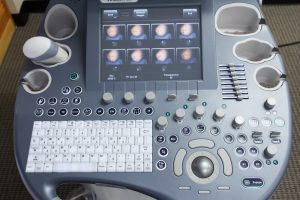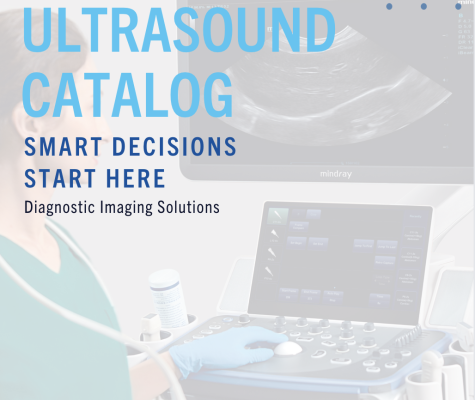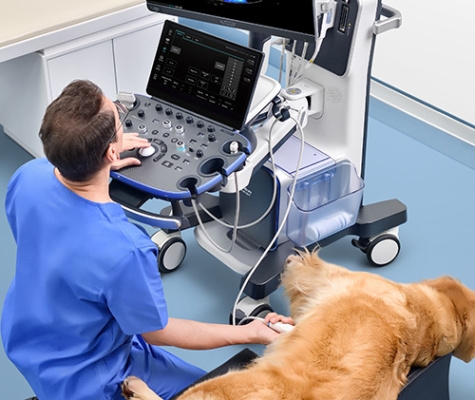What is HDLive Silhouette? | GE’s See-Through Fetal 4D Imaging
WHAT IS HDLIVE?
GE’s HDlive is a rendering method that produces extraordinarily realistic images of the human fetus and other structures from sonographic data. By using an advanced illumination model, HDlive supports advanced skin rendering techniques, shadows, and a virtual light source. This technology utilizes the leading image quality provided by the most recent generation of beamforming technology, speckle reduction algorithms, and compound resolution imagines technologies. This technology is available on most of GE’s Voluson Women’s Health Ultrasound Systems like the GE Voluson P8, S8, S10, E6, E8 & E10. However, GE’s HDLive Silhouette with HDLive Flow is only available on the latest GE Voluson E10. See an example of HDLive on the GE Voluson E8 BT16.

HOW IS HDLIVE SILHOUETTE DIFFERENT?
Many rendering modes and types of software have been invented as tools to aid in the prenatal detection of fetal anomalies. They aim at facilitating the diagnosis, increasing physicians’ confidence, and achieving a better understanding of these anomalies. HDLive Silhouette is no different. HDlive silhouette mode is the newest innovation of GE’s HDLive 3D/4D imaging technology which provides vitreous-like clarity of the fetus and placenta. Through using a shadowing effect, the outlines of structures of interest can be delineated clearly and constructed with a simultaneous display of the inner core and structure. This image reconstruction of the “silhouette” is quite beneficial for identifying normal anatomy and diagnosing complex congenital malformations.
Moreover, the shadowing effect allows the operator to observe structures present behind the directly visualized structure, making it more advantageous than the recently advanced rendering modes, such as 3D/4D ultrasound and HDlive. The contralateral side of the same structure and contralateral limbs can also be displayed.
HDLIVE SILHOUETTE IN SIMPLER TERMS
In layman’s terms, HDLive Silhouette can allow the sonographer to basically see the front of the fetus as well as an artificially constructed image of the back of the fetus by analyzing the shadows or Silhouette created by HDLive.
Basically, the algorithm utilized in HDLive Silhouette creates a gradient shadow at organ boundaries, fluid-filled cavities, and vessel walls, where a change in the acoustic impedance exists within the tissues. Then, HDLive Silhouette can analyze the fluid-filled structure and depict through the outer surface of the body and reconstruct it in a “see-through fashion” to better diagnose the issue by allowing you to see through to the “other side” of the image.
SO, WHY IS THIS CLINICALLY SIGNIFICANT?
- The inner-hypoechoic structure is demonstrated with the outer surface without cutting the image and losing quality and confidence.
- Thick-Slice silhouette provides more information on the inner structures.
- Hyperechoic structures such as bones can be rendered and modeled
- Investigation of fetal skeletal diseases may be possible
- Creates a whole new field of Sono-ophthalmology
See an example of GE’s HDLive in action on the GE Voluson E10:
STILL CONFUSED?
If you’re still confused on why HDLive Silhouette is so revolutionary and you’d like to learn more, that’s why we’re here. Give us a call at 866-513-8322 and one of our knowledgeable women’s health ultrasound sales specialists will be happy to answer any questions on HDLive Silhouette, the GE Voluson E10, and any other ultrasound questions that you might have!
If you’ve got questions about the ultrasound probes used in HDLive scans, contact us at Probo Medical for all of your GE ultrasound probe and probe repair questions.


